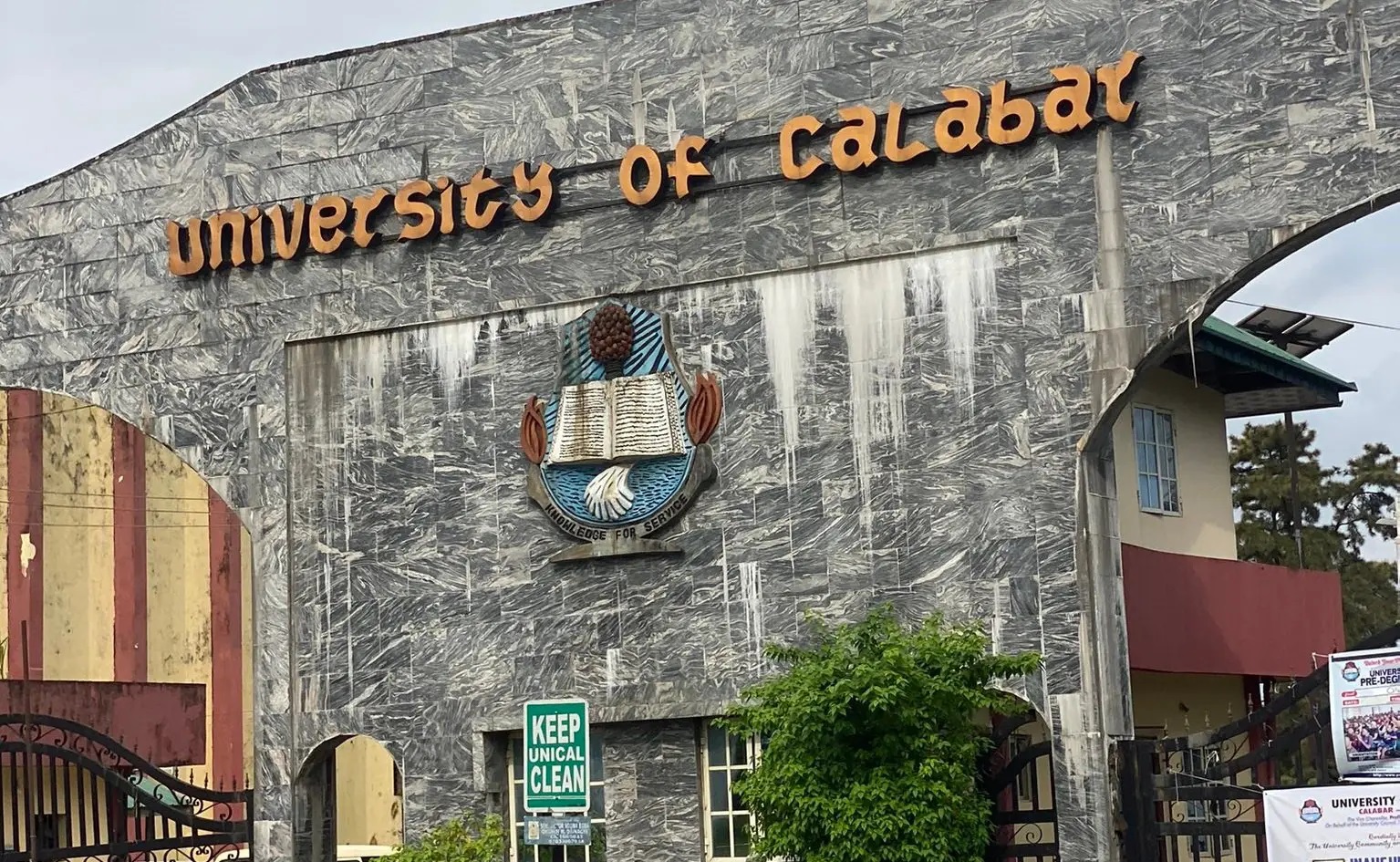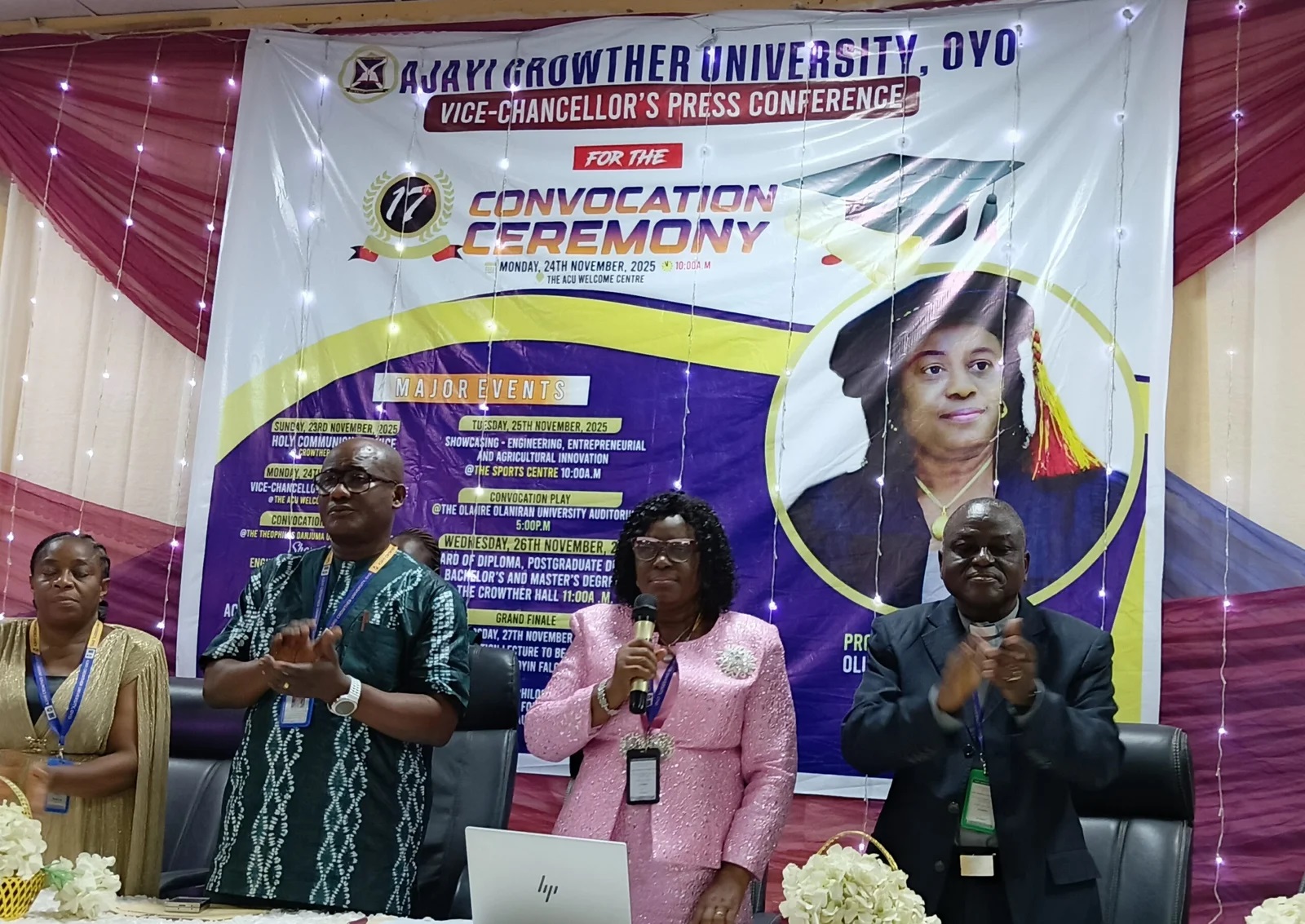President Joe Biden unveils a new plan to forgive student loan debt after the Supreme Court blocks his original proposal.

President Joe Biden announced on Friday his determination to pursue the cancellation of student loan debt through a different legal avenue. This comes after the Supreme Court dealt a blow to his flagship program aimed at eliminating up to $20,000 in student loan debt for millions of Americans.
Exploring The Higher Education Act Of 1965 For Debt Relief
Biden shared that his administration will now focus on forgiving student loan debt through the Higher Education Act of 1965. This Act grants the education secretary the authority to modify, waive, or compromise federal student loans under specific circumstances.
In a statement from the White House, Biden expressed his belief that this alternative route presents the most viable option to provide relief to as many borrowers as possible. However, he acknowledged that the process may take longer than initially anticipated.
Swift Response to Supreme Court’s Decision
Directly following the Supreme Court’s ruling, Education Secretary Miguel Cardona initiated the rulemaking regulatory process under the Higher Education Act. This move demonstrates the administration’s commitment to swiftly addressing the student loan crisis.
Biden faced mounting pressure to take prompt action after the court’s 6-3 decision, which disappointed the 26 million individuals who had applied for student loan cancellation since Biden’s initial announcement in August last year. Various advocacy groups, such as We The 45 Million, emphasized the significance of fulfilling the promise of student loan relief for over 40 million families.
White House Resilience And Determination
Despite growing concerns and indications that the Supreme Court might rule against his plan, the White House had previously refrained from discussing potential alternatives. Biden’s unwavering commitment to providing debt relief remained steadfast, even in the face of criticism and skepticism.
In response to the court’s decision, Biden expressed his disagreement, calling it a mistake. He vowed to continue fighting to ensure that borrowers, especially those with lower incomes, receive the support they need.
Unveiling The New Path For Debt Forgiveness
Details regarding the alternative route proposed by Biden remain limited. His initial action sought to forgive $10,000 for all federal student loan borrowers and up to $20,000 for low-income Pell Grant recipients. Eligibility for debt cancellation was limited to individuals with annual incomes below $125,000 or households earning $250,000 or less.
The Higher Education Act provides a well-established foundation for implementing the forgiveness plan. Plaintiffs in the Supreme Court case had already raised this possibility, highlighting that the administration’s avoidance of this route was primarily due to the lengthy process of negotiated rulemaking and notice-and-comment.
The Rulemaking Process And Public Involvement
The Education Department typically utilizes the negotiated rulemaking process to develop policies that impact the distribution of financial aid funds. This process involves engaging with key stakeholders, including university leaders, loan servicers, and students, to reach a consensus on the new rules.
Once an agreement is reached, the government adopts their guidance. If consensus cannot be reached, the department may decide to move forward with its own rule, allowing the public an opportunity to comment before finalizing the rules.
Timeline And Skepticism
While the Higher Education Act offers a more established and predictable pathway, White House officials emphasized that the alternative route could still take several months to implement. The federal review process and public comment periods will contribute to the timeline.
Some borrower advocacy groups remained skeptical of the new plan put forth by the president, arguing that he isn’t leveraging all the available tools at his disposal and expressing concerns over the extended timeline. They believe that immediate and comprehensive action is necessary to address the pressing issue of student loan debt.
Others, however, view the court’s decision as a setback for borrowers but also as a potential catalyst for young voters to rally behind the Democratic Party in the upcoming 2024 election. Tzintzún Ramirez, the president of NextGen America, a progressive advocacy group focused on young voters, emphasized that President Biden’s original plan would have provided life-changing relief to young people. Ramirez expressed disappointment in the obstruction of this relief and highlighted the impact it may have on future elections.
In addition to pursuing an alternative route for loan forgiveness, Education Secretary Miguel Cardona announced that borrowers facing financial hardships would have a one-year reprieve on the consequences of missed payments once the pause on student loan bills ends in October. Although interest will begin to accrue during this period, borrowers who are unable to make payments will not face negative credit reporting or collections efforts.

It’s worth noting that another potential avenue to achieve the goal of forgiving up to $20,000 in student loan debt for low- and middle-income households would require congressional action. However, the current political landscape suggests that Biden lacks the necessary votes to pass such legislation.
Legal experts have suggested that Biden could propose a narrower plan that still falls under the purview of the HEROES Act. While this approach would likely have a more limited reach, it could still provide significant relief to certain borrowers.
The debate surrounding student loan forgiveness continues to be a prominent issue in the United States, with advocates emphasizing the financial burden faced by millions of Americans and the potential economic benefits of relieving this debt. Critics raise concerns about the cost and fairness of widespread forgiveness, highlighting the need for a comprehensive and balanced solution.
As the Biden administration explores new avenues for student loan debt relief, the ultimate goal remains providing meaningful assistance to borrowers and addressing the long-standing challenges associated with the high cost of education. The process ahead will involve navigating legal frameworks, engaging stakeholders, and working towards a solution that balances the needs of borrowers with the practical realities of implementation.

President Biden’s determination to find an alternative path for student loan debt forgiveness demonstrates his commitment to addressing this pressing issue. The use of the Higher Education Act of 1965 presents a potential avenue for relief, albeit with a longer timeline. While the details and impact of this alternative route are yet to be fully determined, the administration’s efforts to provide assistance and alleviate the burden of student loan debt remain at the forefront of their agenda.





